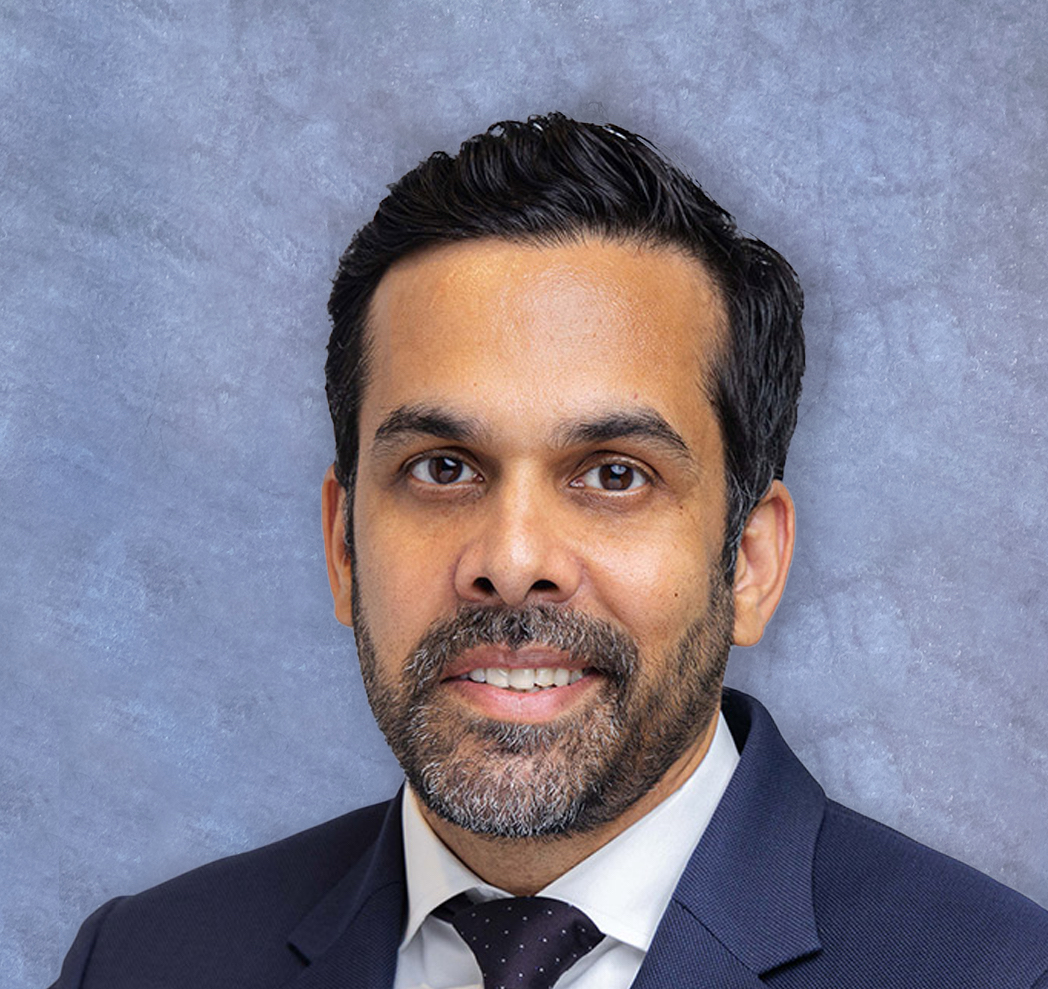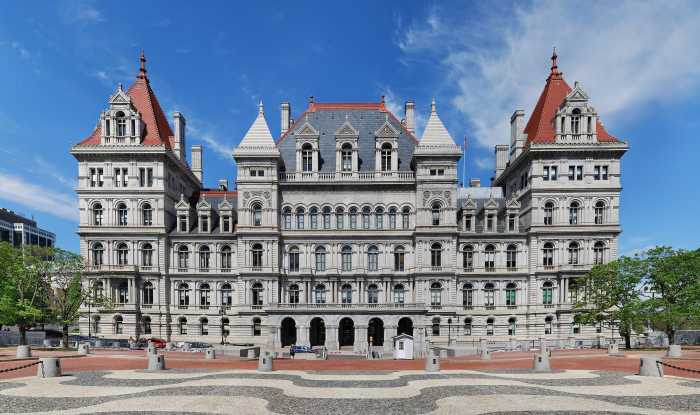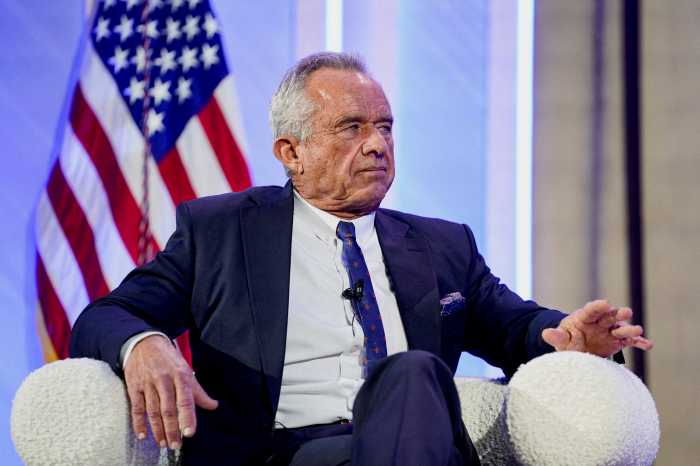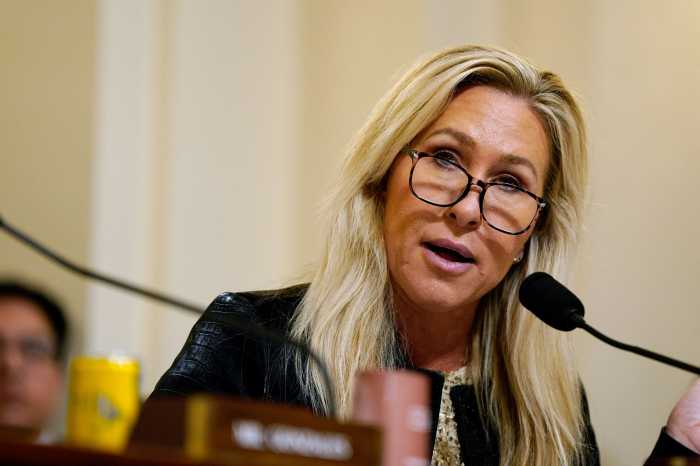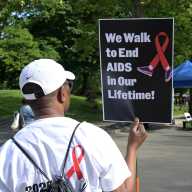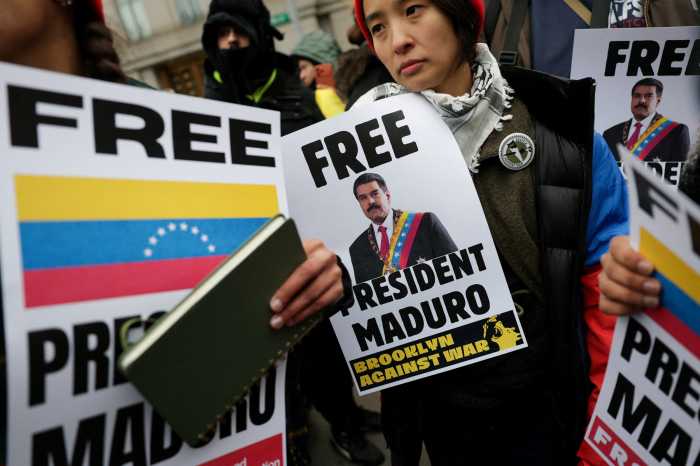New York City’s suicide rate remains lower than the national average, but it started ticking up in the years since the emergence of the COVID-19 pandemic — and it is among the top 10 causes of premature death across the five boroughs, according to a report published last November by the New York City Department of Health and Mental Hygiene.
Among demographics, there has been an increase in the suicide rate among Latino New Yorkers over the last decade, climbing by 9% between 2018 and 2022. The numbers are more pronounced among Latino males, with a 3% average annual increase in the suicide rate between 2013 and 2022.
The rates have also remained higher among more at-risk groups, including LGBTQ individuals, according to Dr. Bipin Subedi, who serves as the chief of psychiatry at NYC Health + Hospitals/Bellevue and recently discussed the landscape surrounding suicide in observance of the National Suicide Prevention Awareness Month, which is recognized every September. Rates are also increasing among men between the ages of 18 and 24 and younger adults in general, Subedi said, though the suicide rate among minors has remained largely unchanged in New York City over the last decade.
Regardless of the demographic, Subedi emphasized the importance of staying aware of warning signs associated with suicide.
“You want to look for behavioral cues,” Subedi said. “You may notice they may withdraw from loved ones or activities. There may be things they used to enjoy doing but are not doing anymore. Sometimes there’s also a change in drug or alcohol use or behavior.”
Among other warning signs, Subedi also cited the importance of looking for verbal cues and feelings of hopelessness or worthlessness. Some individuals may feel as though they are a burden on others or may even joke about death. They may be irritable, anxious, or noticeably sad.
“In addition to looking for cues, I think it’s important to try to engage people if you notice a shift or any changes,” Subedi added. “Ask them how they’re doing. Ask them if they’re feeling suicidal. Sometimes people say that if you ask, then it increases risks, but I think being present goes a long way.”
Subedi also expressed that it may be helpful to encourage professional help. For some individuals, they may seek to contact the 988 Suicide & Crisis Lifeline. Notably, the lifeline has been shrouded in controversy this year after the Trump administration moved to shutter a specific line in that program for LGBTQ youth and young adults who were able to press 3 to connect to a culturally sensitive counselor. On Sept. 17, out Senator Tammy Baldwin, a Democrat from Wisconsin, teamed up with Republican Senator Lisa Murkowski to introduce legislation to codify the LGBTQ youth lifeline.
Those who are expressing what Subedi described as “explicit suicidal thoughts” — not just contemplating it, but saying they have a plan — should be taken to an emergency room, Subedi said, or at least call 911. Furthermore, those who may be uninsured or underinsured may seek to visit an emergency room, Subedi said, since many of those facilities offer pathways to establish care regardless of insurance status.
The statistical realities surrounding suicide in New York City look different when compared to the national average. The United States’ rate of suicide per 100,000 people increased from 12.6 to 14.3 between 2013 and 2022, but in New York City, it went from 6.1 to 6.8 in the same timeframe — roughly half the national rate.
Subedi said some reasons why rates are lower in New York City are the density of providers across the five boroughs, the resources available to the general public, and even restrictions on firearms.
In fact, firearms are the most common method of suicide in the US, involving 55% of all suicides, but that number is just 9% in New York City (12% among males, 3% among females). Among all boroughs, Manhattan saw the highest suicide rate in the city in 2022 (6.9 per 100,000 people), followed by the Bronx (6.5 per 100,000 people), Staten Island (6.2 per 100,000 people), Brooklyn (5.6 per 100,000 people), and Queens (5.4 per 100,000 people).
For more resources or to learn more about suicide prevention efforts in New York City, click here.

